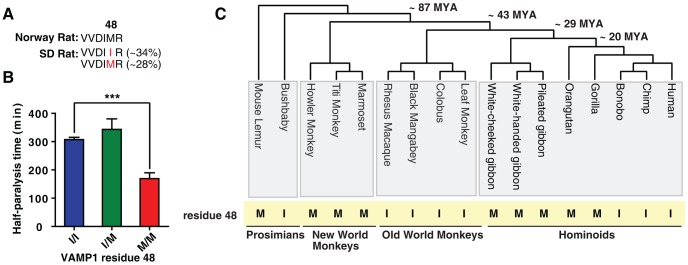Figure 4. M/I48 residue changes exist across a broad range of primate species and determine the species sensitivity to BoNT/D.

(A) Norway rats contain M at position 48 of VAMP1, whereas VAMP1 amplified from a group of 35 SD rats revealed that 34% are homozygous with residue I, 28% are homozygous with residue M, and the rest are I/M heterozygous at position 48 of VAMP1. (B) Muscle twitch tension was recorded from rat phrenic nerve-hemidiaphragm preparations as described in Fig. 2D, except that muscles were exposed to BoNT/D (300 pM). Muscles were dissected from adult SD rats without foreknowledge of their genotypes. Rat tissues were genotyped afterwards to determine the specific residue at position 48 of VAMP1. The half-paralysis time was grouped based on the genotype of VAMP1 (I/I: 307±7 min; I/M: 343±37 min; M/M: 169±21 min; N = 4; the error bars represent SEM). The difference between I and M groups was significant (P<0.0008, two tail t-test), whereas the difference between I and I/M was not significant (P = 0.38). (C) The residues at position 48 of VAMP1 in seventeen different primate species are indicated. These primate species represent ∼87 million years (MYA) of primate evolution, covering four major primate groups as indicated. The residue at position 48 is highly variable between different primate species and toggles frequently between M and I residues (highlighted in yellow).
